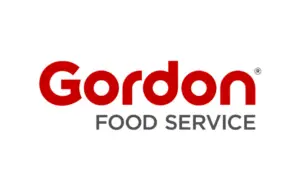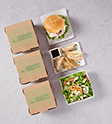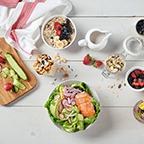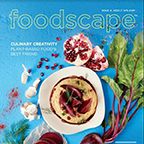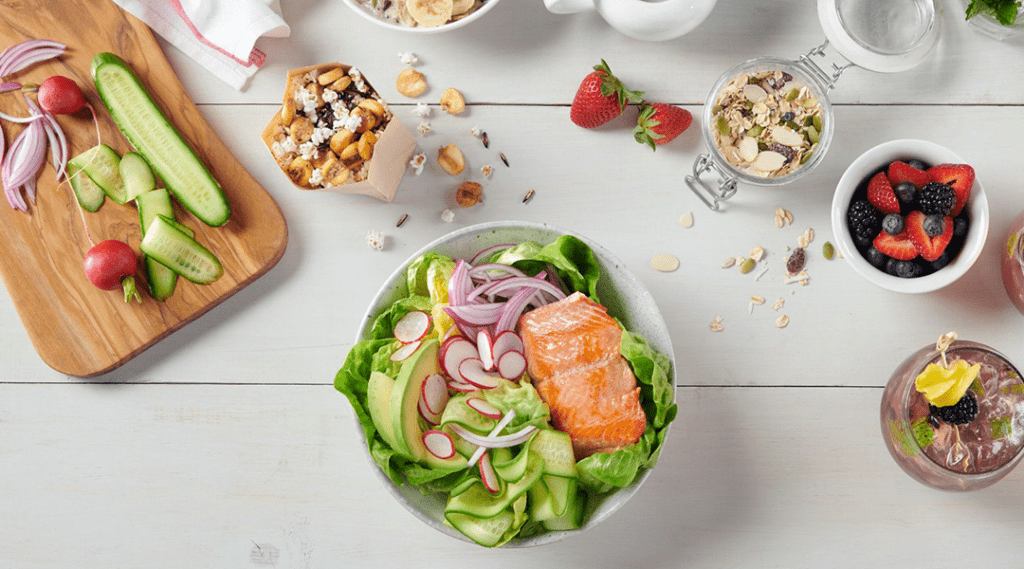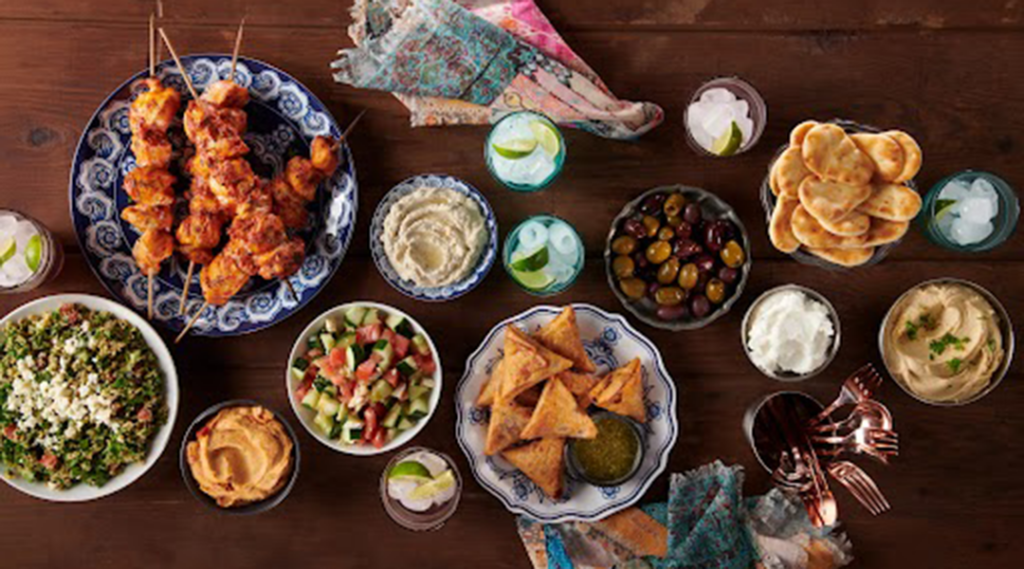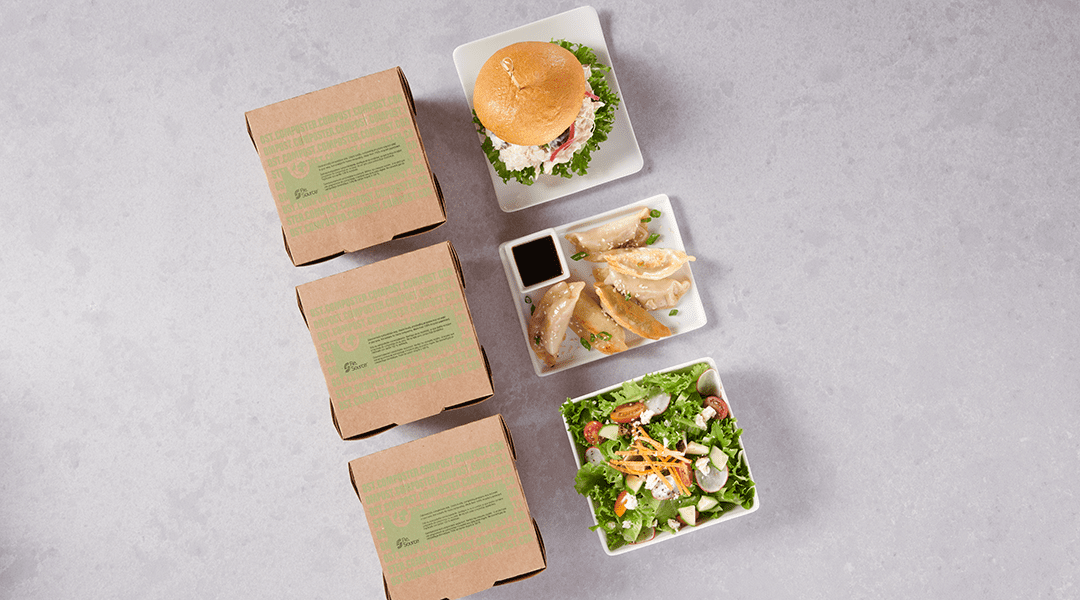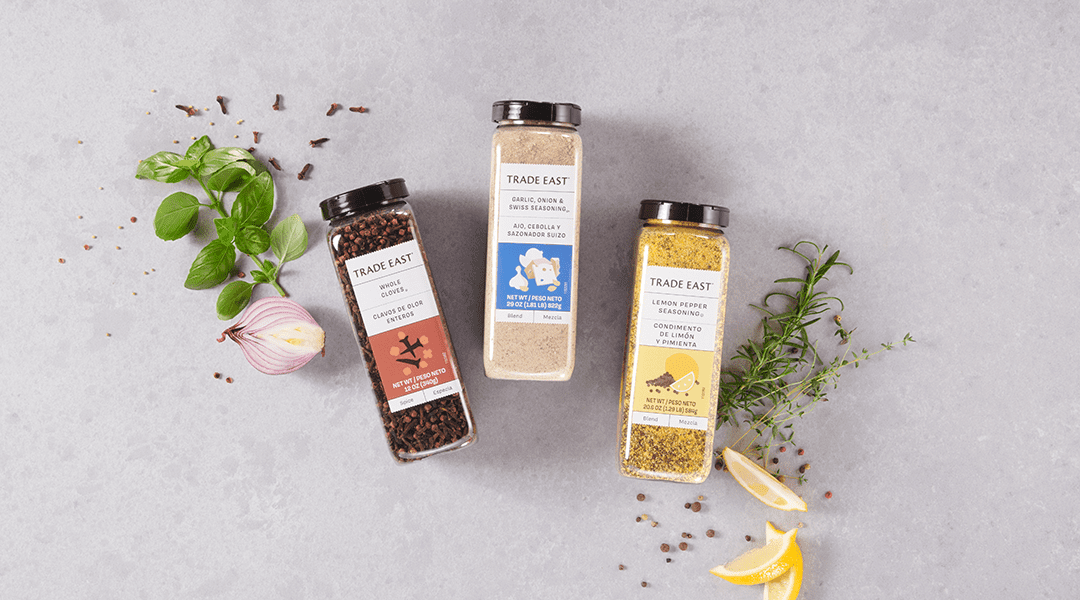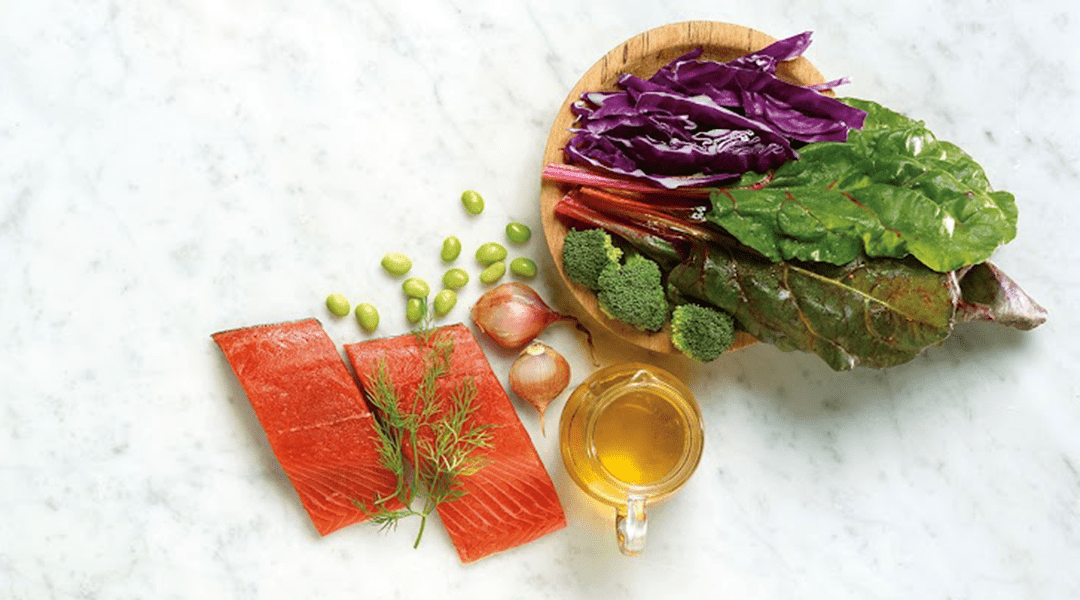What does your healthcare menu say about your community? It’s a question every operator should be asking. While you may think of the menu as just a list of food, what you offer on your menu says more about your community than just what’s for lunch. In fact, it’s the single most important tool in your operation, because your menu philosophy can impact your staff, your residents, the way you market your community and your bottom line. Not to mention the fact that it should also align with your kitchen staff and equipment, your resident demographics and current regulations.
Send the right message with your menu
Just like some guests look at the menu online before dining at a restaurant, so do people searching for a place to call home. They turn to a menu because it often gives them “the feel” of the community. Is there choice and variety? Is it restaurant service, room service or tray service? Does the fare resemble fine dining or cozy, comfort food? Trendy or traditional? And do the answers to all of these questions meet their particular tastes? Just as an upscale dining experience may not satisfy the palates of those who were raised on meat and potatoes, a smaller menu may not be right for someone who likes a lot of food choices. This is why it’s so important to know who your target customer is and what they like to eat—so you can craft a menu geared toward their preferences.
Is your food as familiar as it is delicious?
Regulations also can affect your menu, especially if you are in long-term care. Recent updates to Centers for Medicare and Medicaid Services (CMS) guidelines, specifically F803, focus on the menu. This “F-Tag” requires a reasonable effort is made to meet the religious, cultural and ethnic needs of the resident population. This is in addition to providing a “nourishing, palatable, well-balanced diet” that accommodates the special dietary needs of each resident.
It makes sense that pierogies and Polish sausage are going to meet the preferences of people in Cleveland much better than those who live in El Paso. One of the goals of this regulation is not only to ensure the healthcare communities provide nutritious meals, but that the kitchen knows who it is serving and is familiar with their tastes.
Steps you can take to succeed
Finding a way to meet your residents’ individual preferences in a way that meets the budget, the regulations, as well as the needs of your staff can be difficult, but it’s paramount. Here are a few ideas for making a menu that satisfies residents, regulations and your bottom line:
- Check preferences upon admission and at least quarterly thereafter
- Have a cycle menu that changes at least twice a year
- Determine if scratch cooking, convenience foods or a combination makes sense for your staff (based on their skill level and labor hours) and the equipment available
- Check census.gov to find out the cultural makeup of your city or town
- Offer choice whenever possible
- Use menu software to help calculate cost and nutrition
Menu customization support
Gordon Food Service menu customization services can help. Contact the registered dietitians at our Nutrition Resource Center by calling (800) 968-4426 or emailing nrc@gfs.com. Or talk with your Sales Representative about creating the menu you want. You can make changes to a Gordon Food Service template or have your community-specific menu and recipes uploaded into Cycle Menu Management. Our menu customization service simplifies the process and saves time by creating a menu that meets your many needs.



